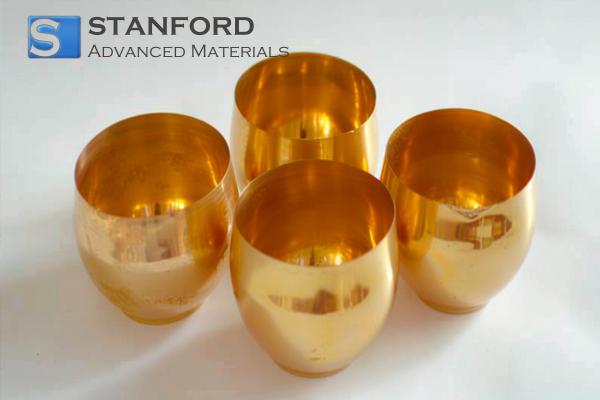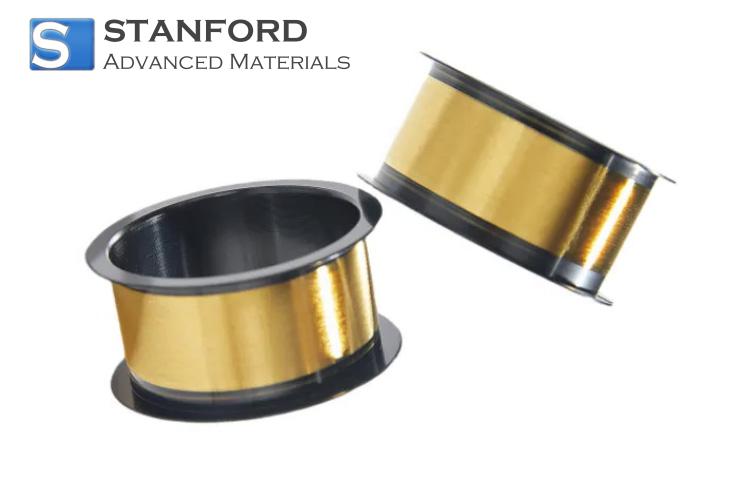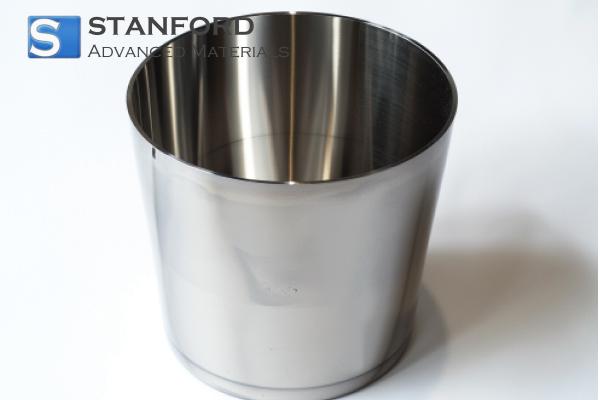Green Materials In The 21st Century: Magnesium Alloys
Introduction
In the search for sustainable and environmentally friendly materials, magnesium alloys have attracted attention as alternatives to conventional materials in the twenty-first century. Known for their low density and high strength, these alloys offer a viable substitution in industrial manufacture. This article details their composition, various applications and environmental benefits, and explains why they play an important role in advancing technology and sustainability.
What is a Magnesium Alloy?
Magnesium alloys are produced by combining magnesium with other elements to improve specific material properties. The most frequently used additives are aluminium, zinc, manganese and zirconium. Other elements such as gadolinium, yttrium, strontium, tin, cerium, calcium, lanthanum, neodymium, lithium and scandium are also added to achieve defined functional attributes. Primary impurities include iron, silicon, nickel, copper and other traces.
These alloys retain many inherent properties of pure magnesium while achieving enhanced mechanical, physical and chemical characteristics. They are classified by manufacturing processes into cast magnesium alloys and wrought magnesium alloys and, according to function, into structural and functional alloys. Functional alloys comprise biomedical alloys, high-damping alloys, alloys for electromagnetic shielding as well as thermal and battery alloys.
In addition, products based on magnesium alloys include magnesium matrix composite materials, magnesium matrix hydrogen storage materials, magnesium sacrificial anodes and magnesium powder. Each product demonstrates the versatility and adaptability of magnesium alloys in modern industrial applications.
Applications of Magnesium Alloys
Magnesium alloys are valued for their low density and are therefore essential in sectors where weight reduction is crucial for performance and efficiency. They are used in transportation, electronics (commonly referred to as 3C: computers, communications and consumer electronics), aerospace, military equipment, general mechanical engineering and the energy sector.
Transportation: In the automotive industry, magnesium alloys are used to manufacture components that reduce vehicle weight. Consequently, vehicles experience improved fuel efficiency and lower emissions. Studies estimate that every 10 per cent reduction in weight can lower fuel consumption by 8–10 per cent. For example, incorporating 70 kilogrammes of magnesium in each car may considerably lower annual CO2 emissions.
Aerospace: The aerospace industry benefits from the use of magnesium alloys because they contribute to reduced aircraft weight. Their application in airframes, engine components and other parts underlines their importance in advancing aerospace technology.
Electronics: In consumer electronics, magnesium alloys are employed to produce lighter and more durable casings for laptops, smartphones, cameras and other devices. This facilitates a slim design without unnecessary weight, thereby improving portability.
Energy Sector: Magnesium alloys are also applied in new energy technologies. Their use in hybrid and electric vehicles assists in increasing driving range by reducing weight. Moreover, magnesium alloys are used in battery casings and other energy-related infrastructures, indicating their growing role in this area.
Advances in Magnesium Alloy Technology
Recent developments in magnesium alloy technology have increased their applicability across several sectors. Improvements in alloy formulation have resulted in new compositions that provide enhanced corrosion resistance and improved mechanical properties, thereby expanding the range of practical applications.
Corrosion Resistance: One notable improvement is the increased corrosion resistance. The addition of elements such as calcium, rare-earth metals and silicon has reduced corrosion in aggressive environments. Consequently, the lifespan of components is prolonged, thereby widening the potential applications in marine, automotive and aerospace fields.
Manufacturing Processes: Advances in manufacturing techniques have also contributed to the broader use of magnesium alloys. Techniques such as die casting and twin-roll casting have been refined to produce integrated components that require minimal secondary processing. Developments in additive manufacturing of magnesium alloys have further allowed the production of complex, lightweight structures that were not previously feasible.
Environmental Impact and Sustainability Benefits of Magnesium Alloys
Magnesium alloys are significant in improving environmental sustainability because they reduce energy consumption and greenhouse gas emissions. Their light weight provides clear advantages for industries that need to minimise their environmental impact.
Reduction in Energy Consumption: The low density of magnesium alloys results in lower energy requirements for transport vehicles. In the automotive industry, employing magnesium components produces lighter vehicles that consume less fuel. Studies indicate that a 10 per cent reduction in vehicle weight can lead to a 6–8 per cent decrease in fuel consumption. This reduction not only conserves fossil fuels but also substantially lowers operating costs.
Reduction in Emissions: Magnesium alloys contribute to a decrease in carbon emissions. In automotive applications, substituting traditional materials with magnesium reduces vehicle weight and, consequently, lowers CO2 emissions. Given that weight reduction can considerably lower annual emissions, these alloys assist in achieving global climate targets.
Recyclability: Magnesium alloys offer environmental benefits at the end of their life cycle. Magnesium is highly recyclable, and its recycling process requires only a fraction of the energy needed to produce primary metal. This recyclability improves its sustainability profile since recycled magnesium can be reused in various applications without property loss.
Usage in Clean Energy Systems: In addition to their applications in transportation and electronics, magnesium alloys are increasingly used in clean energy systems. For instance, they are employed in components of wind turbines and other renewable energy infrastructures, thereby contributing to more efficient energy production.
Conclusion
Magnesium alloys constitute a distinct material class that offers an alternative to heavier, less energy-efficient solutions. Their combination of low density, strength and recyclability makes them essential in modern engineering and manufacturing. With increasing applications in the automotive industry, aerospace and consumer electronics, magnesium alloys enhance product performance and contribute to reducing global carbon emissions.
Ongoing progress in magnesium alloy technology emphasises the expanding role of these materials in various sectors. As industrial practices and technological methods continue to develop, magnesium alloys are expected to form an increasing part of greener material strategies.
Those interested in the latest developments and applications of magnesium alloys and their contribution to sustainability may find further information and resources at Stanford Advanced Materials (SAM).

 Bars
Bars
 Beads & Spheres
Beads & Spheres
 Bolts & Nuts
Bolts & Nuts
 Crucibles
Crucibles
 Discs
Discs
 Fibers & Fabrics
Fibers & Fabrics
 Films
Films
 Flake
Flake
 Foams
Foams
 Foil
Foil
 Granules
Granules
 Honeycombs
Honeycombs
 Ink
Ink
 Laminate
Laminate
 Lumps
Lumps
 Meshes
Meshes
 Metallised Film
Metallised Film
 Plate
Plate
 Powders
Powders
 Rod
Rod
 Sheets
Sheets
 Single Crystals
Single Crystals
 Sputtering Target
Sputtering Target
 Tubes
Tubes
 Washer
Washer
 Wires
Wires
 Converters & Calculators
Converters & Calculators
 Write for Us
Write for Us



 Chin Trento
Chin Trento



